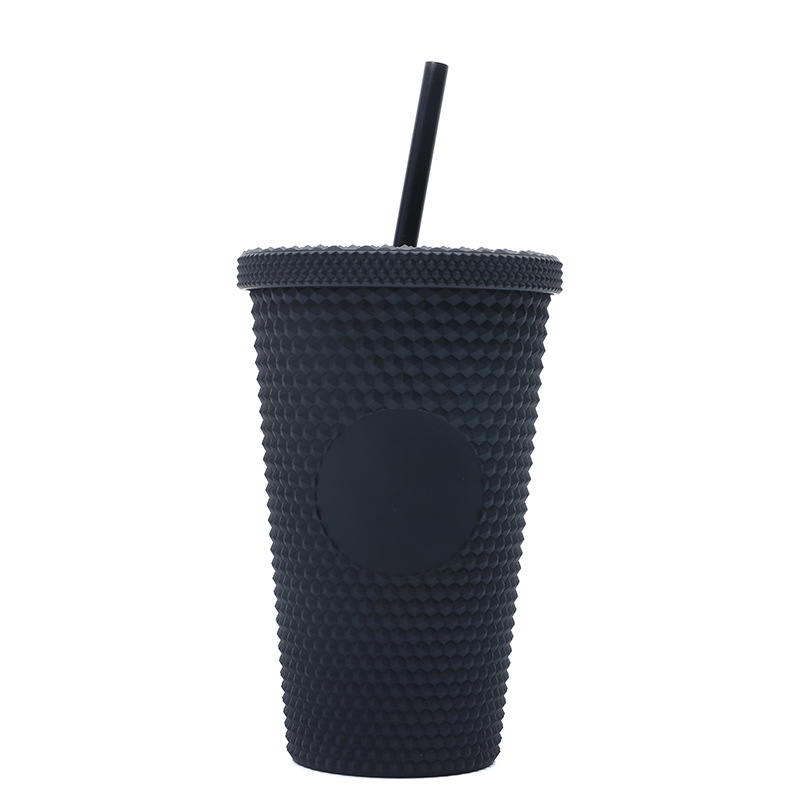In our pursuit of sustainable living, recycling plays a vital role in reducing waste and conserving resources. Among various recyclable materials, PET bottles have attracted widespread attention due to their widespread use and impact on the environment. In this blog, we’ll delve into the fascinating world of PET bottle recycling, exploring the recycling process, its importance and the transformative impact it has on our planet.
Why recycle PET bottles?
PET (polyethylene terephthalate) bottles are commonly used to package beverages and personal care products and are one of the most recyclable plastics available today. Their popularity lies in their lightweight, shatterproof and transparent properties, making them ideal for convenience and product visibility. Additionally, recycling PET bottles significantly reduces the overall environmental impact of their disposal.
PET bottle recycling journey:
Step 1: Collect and Sort
The first step in PET bottle recycling is the collection and sorting process. Various collection methods, such as kerbside pickup and recycling centres, collect PET bottles from households and commercial establishments. Once collected, the bottles are sorted according to color, shape and size. This sorting ensures an efficient recycling process and minimizes contamination.
Step Two: Chop and Wash
After the sorting process, the PET bottles are crushed into flakes or small pellets. The sheets are then thoroughly washed to remove any impurities or residue such as labels, glue, or organic matter. The cleaning process uses a combination of chemicals and hot water to ensure the sheets are clean and ready for the next stage.
Step 3: Pelletization and Fiber Production
The cleaned flakes are now ready for granulation. To achieve this, the flakes are melted and extruded into filaments, which are subsequently cut into pellets or granules. These PET pellets are of immense value as they are the raw material used to manufacture a variety of products, including clothing, carpets, footwear, and even new PET bottles.
Step 4: Create new products
At this stage, innovative technologies transform PET pellets into new products. The pellets can be melted and molded into new PET bottles or spun into fibers for textile applications. The production of recycled PET products reduces reliance on virgin materials, saves energy, and significantly reduces the carbon footprint associated with traditional manufacturing processes.
Importance of PET bottle recycling:
1. Save resources: Recycling PET bottles saves valuable resources, including energy, water and fossil fuels. By recycling plastic, the need to extract fresh raw materials is minimized.
2. Waste reduction: PET bottles are a major component of landfill waste. By recycling them, we prevent much of our waste from ending up in landfills, which take hundreds of years to decompose.
3. Environmental protection: PET bottle recycling reduces air, water and soil pollution associated with the plastic manufacturing process. It also helps prevent ocean pollution, as discarded PET bottles are a significant source of plastic debris in the ocean.
4. Economic opportunities: The PET bottle recycling industry creates jobs and contributes to the local economy. It promotes the development of a sustainable circular economy, turning waste into a valuable resource.
PET bottle recycling is an important step towards a more sustainable and environmentally responsible society. Through collection, sorting, crushing and manufacturing processes, these bottles are transformed into valuable resources rather than being discarded as waste. By understanding and actively participating in the PET bottle recycling movement, everyone can make a positive impact, promote resource conservation, and protect our planet for future generations. Let’s embark on the journey towards a greener tomorrow, one PET bottle at a time.
Post time: Oct-06-2023
